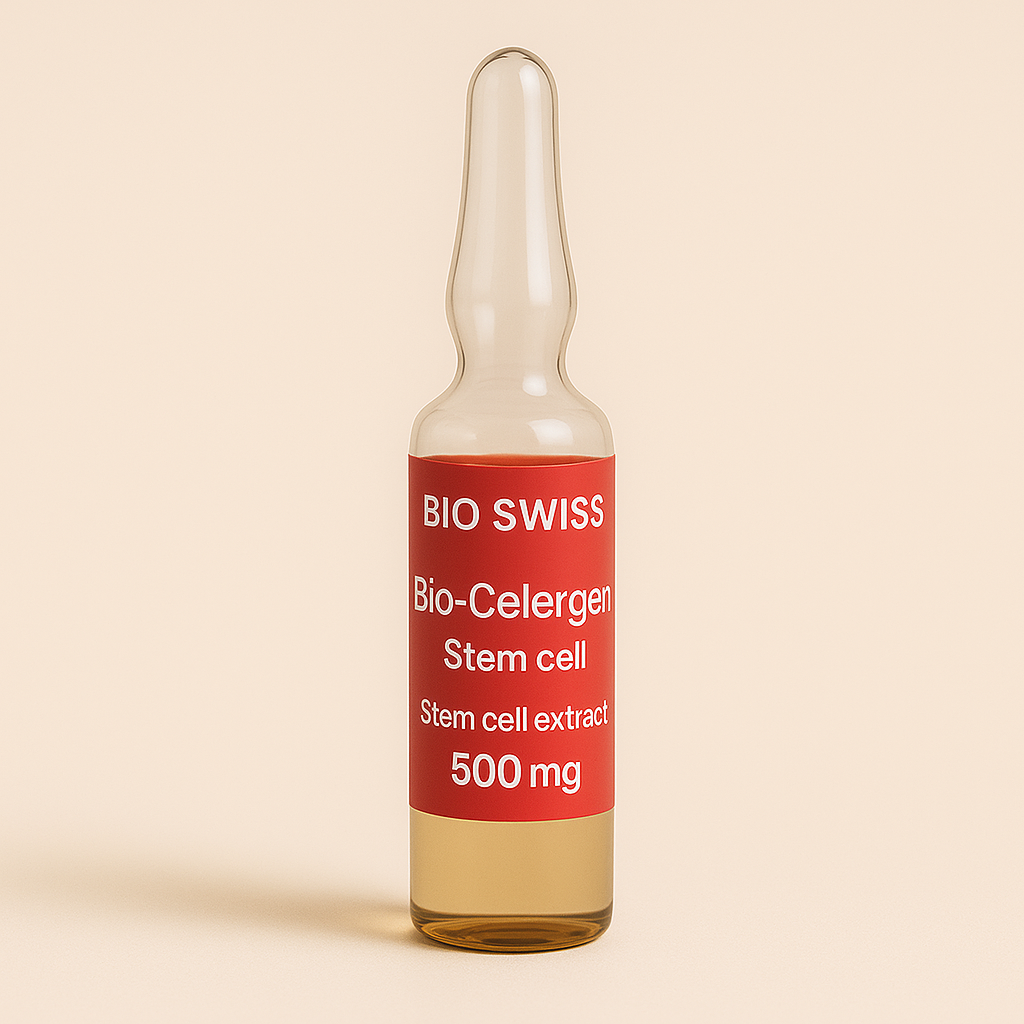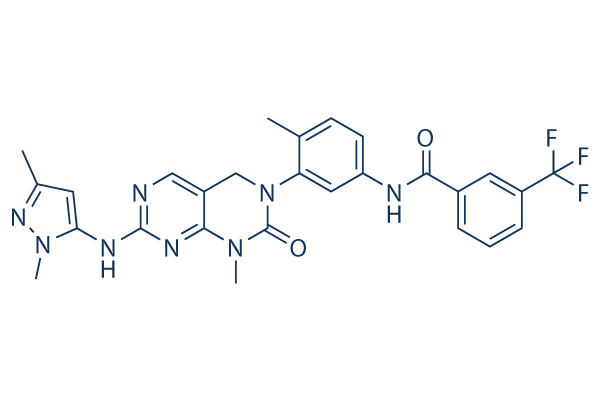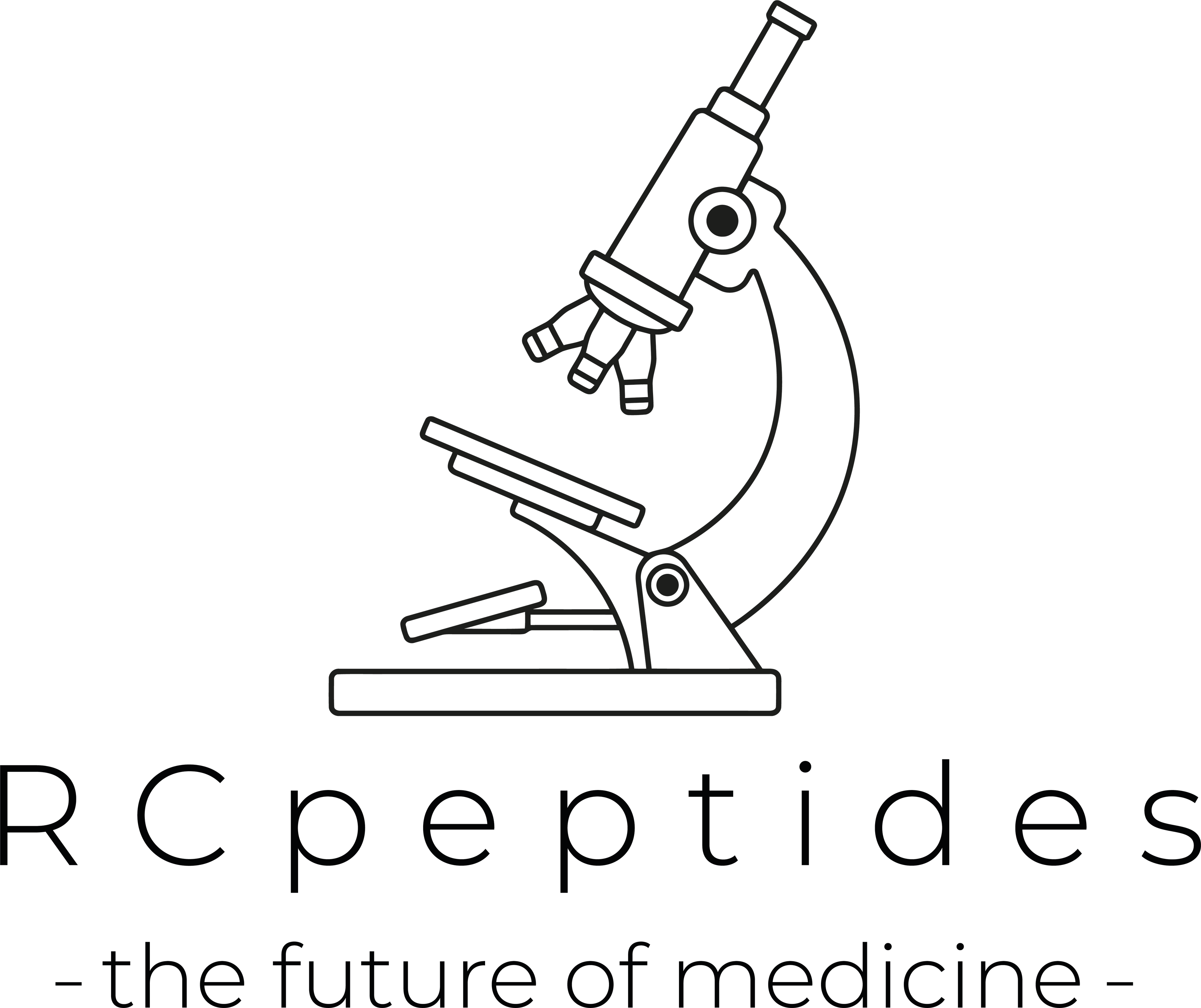
Embryonic stem cells ampoule
현재 픽업 사용 불가
NOT FOR HUMAN CONSUMPTION
Embryonic stem cells (ESCs) are pluripotent cells derived from the inner cell mass of pre-implantation blastocysts. They self-renew indefinitely and can differentiate into all three germ layers (ectoderm, mesoderm, endoderm). Their biology is governed by a core pluripotency network (OCT4, SOX2, NANOG) and signaling inputs (Activin/Nodal–TGF-β, WNT/β-catenin, FGF–ERK). hESCs are the workhorse starting material for manufacturing lineage-specific cell therapies and disease models; they remain investigational in most indications and are tightly regulated due to ethical, safety, and immunologic considerations.
Additional Benefits of ESCs Now Under Investigation
| Benefit | Key take-aways |
|---|---|
| 1 Retinal repair (RPE/photoreceptors) | hESC-derived retinal pigment epithelium (RPE) monolayers can rescue photoreceptor functionand stabilize/ improve vision in geographic atrophy/AMD and Stargardt disease in early trials; survival hinges on polarized, GMP-grade RPE and immune control. <br/><em>Ophthalmology; Stem Cell Reports</em> |
| 2 Pancreatic islet replacement (T1D/T2D) | hESC-derived pancreatic progenitors/β cells restore insulin production and improve C-peptide/glucose control in early clinical studies; ongoing work optimizes engraftment, maturation, and immune protection (encapsulation or immune editing). <br/><em>Diabetes; Cell Stem Cell</em> |
| 3 Spinal cord injury & myelination | Oligodendrocyte progenitors from hESCs remyelinate axons and improve motor/sensory scores in subacute SCI cohorts; dosing, lesion timing, and rehab pairing are critical. <br/><em>Lancet Neurology; Nature Medicine</em> |
| 4 Cardiac regeneration | hESC-derived cardiomyocytes/epicardial cells in patches or injections augment LVEF, reduce scar, and improve wall motion in large animals and first-in-human pilots; arrhythmia risk and vascularization remain key hurdles. <br/><em>Circulation; European Heart Journal</em> |
| 5 Dopaminergic neurons (Parkinson’s) | hESC-derived A9-like DA neurons show survival, striatal reinnervation, and motor benefitin primates; early human implant programs are underway with stereotactic delivery and controlled immunosuppression. <br/><em>Nature; Annals of Neurology</em> |
| 6 Hepatic tissue (metabolic disease) | hESC-hepatic progenitors/hepatocytes improve ammonia handling and albumin in liver-failure models; bioengineered scaffolds and portal/ectopic sites are being tested clinically. <br/><em>Hepatology; Science Translational Medicine</em> |
| 7 Cartilage/bone & musculoskeletal | hESC-chondroprogenitors form hyaline-like cartilage with good biomechanics in focal knee defects; osteogenic derivatives support spinal fusion in models. <br/><em>JBMR; Osteoarthritis & Cartilage</em> |
| 8 Immune-compatible “universal donor” cells | Gene-edited hESC lines (e.g., HLA-I/II knockout, HLA-E/G or CD47 overexpression) reduce allogeneic rejection, enabling off-the-shelf cells with lighter immunosuppression. <br/><em>Nature Biotechnology; Cell</em> |
| 9 Drug discovery & disease modeling | hESC-derived organoids (brain, liver, gut), and lineage cells provide human-relevant pharmacology, safety, and toxicity platforms, lowering late-stage attrition. <br/><em>Nature Reviews Drug Discovery; Cell Reports</em> |
2. Molecular Mechanism of Action
2.1 Pluripotency & lineage commitment
-
Core circuitry: OCT4–SOX2–NANOG maintain an open chromatin landscape (bivalent H3K4me3/H3K27me3) and TERT activity (long telomeres).
-
Fate cues:
-
Activin/Nodal–TGF-β → definitive endoderm (→ pancreatic, hepatic).
-
WNT + BMP inhibition → anterior neuroectoderm (→ retina, cortical neurons).
-
WNT + BMP → mesoderm (→ cardiac, hematopoietic).
-
-
Manufacturing levers: Small molecules and morphogens (e.g., CHIR99021, SB431542, retinoids) steer stage-specific protocols with release criteria (identity, purity, potency, karyotype).
2.2 Therapeutic modes of action
| Modality | Primary effect | Examples |
|---|---|---|
| Cell replacement | Durable integration and function | RPE for AMD; β cells for diabetes; DA neurons for PD |
| Paracrine/secretome | Trophic, immunomodulatory support | Cardiac/renal/hepatic progenitors |
| Tissue engineering | Cells + biomaterials/patches | Epicardial/cardiomyocyte patches; osteochondral plugs |
| Organoid/transplant | Mini-tissue physiology | Liver/bile duct, intestinal, retinal organoids |
3. Product Characteristics (in lieu of PK)
-
Dose/form: Single-cell suspensions, confluent monolayers (e.g., RPE), or tissue patches; cell doses typically 10⁵–10⁸ per administration.
-
Route/site: Subretinal, intramyocardial/epicardial, intrastriatal, intrathecal/intralesional, intraportal/ectopic.
-
Persistence: Intended long-term engraftment; tracking via imaging, donor DNA, or reporter assays.
-
Co-medications: Immunosuppression (e.g., tacrolimus/mycophenolate ± steroids) unless hypoimmunogenic edits/encapsulation are used.
-
Release testing: Identity (flow, qPCR), purity (residual pluripotent markers ↓), karyotype, viability, potency(assay-specific), sterility, endotoxin, adventitious agents.
4. Pre-clinical and Clinical Evidence
4.1 Ophthalmology (RPE/photoreceptors)
Multiple Phase 1/2 studies show anatomical integration and BCVA stabilization/improvement with acceptable safety when monolayers are used and immune control is adequate.
4.2 Endocrine (β cells)
hESC-derived pancreatic products demonstrate C-peptide restoration and reduced insulin needs in T1D; next steps emphasize autoimmunity shielding and full glucose responsiveness.
4.3 Neurology (SCI, PD)
Oligodendrocyte/neuronal derivatives yield myelination and motor gains in animals and early human cohorts; PD grafts seek physiologic dopamine release with minimal dyskinesia.
4.4 Cardiology
Cardiomyocyte/epicardial constructs improve LVEF and remodeling in large animals; human pilot data note ventricular arrhythmias as a manageable risk with maturation and delivery refinements.
Evidence quality note: Many signals are Phase 1/2 with surrogate endpoints (function scores, imaging). Long-term durability, standardized potency metrics, and comparators vs best available care remain active gaps.
5. Emerging Clinical Interests
| Field | Rationale | Status |
|---|---|---|
| Universal donor lines | Off-the-shelf access with minimal rejection | Gene-edited hESC banks |
| Immune-evasive encapsulation | Protect β cells/other grafts without systemic IS | Device/alginate platforms |
| In-situ maturation | Deliver progenitors that mature post-engraftment | Pancreas, heart, liver |
| Organoid grafting | Replace complex micro-tissues (bile duct, retina) | Early trials |
| Combination bioengineering | Cells + scaffolds + factors for mechanical/vascular support | Cardiac/orthopedic patches |
| Precision QC | Multi-omics release tests to predict tumorigenicity/efficacy | Standardization efforts |
6. Safety and Tolerability
-
Tumorigenicity: Residual pluripotent cells can form teratomas; stringent purification/potency assays and suicide/safety switches (e.g., inducible caspase-9) mitigate risk.
-
Ectopic tissue/overgrowth: Mis-patterned grafts can mal-differentiate; site-specific delivery and maturation control are essential.
-
Arrhythmia (cardiac): Immature cardiomyocytes may trigger ventricular arrhythmias; strategies include pre-maturation, pacing, and cell-type mixes.
-
Immunogenicity: Allogeneic cells risk rejection; options include systemic immunosuppression, HLA-matched banks, hypoimmunogenic edits, or encapsulation.
-
Genomic/epigenetic stability: Karyotypic changes and imprinting errors can accrue in culture—GMP lines require serial genome surveillance.
-
Procedure-related risks: Subretinal, intracerebral, intramyocardial procedures entail surgical/anesthesia risks.
-
Ethics/consent: Derivation requires informed consent from embryo donors; governance varies by region.
-
Infectious safety: Xeno-free media and robust testing minimize adventitious agent risks.
Comparative safety matrix
| Feature | ESC-derived therapies | iPSC-derived therapies | Adult MSC/progenitors |
|---|---|---|---|
| Pluripotency | Yes (high) | Yes (reprogrammed) | No (multipotent) |
| Tumor risk | Higher without purification | Similar concerns | Low (rare) |
| Immune match | Allogeneic (HLA banks/editing) | Autologous or allogeneic | Allogeneic/autologous |
| Manufacturing time | Banked, scalable | Autologous takes months | Weeks |
| Ethical issues | Embryo-derived | Fewer (donor somatic cells) | Fewer |
7. Regulatory Landscape
-
Classification: ATMPs / biologics (FDA/EMA).
-
Approvals: As of 2025, no widely approved ESC-derived therapeutic in the US/EU; several programs are in Phase 1/2 across ophthalmology, endocrinology, neurology, and cardiology.
-
Oversight: Derivation/use subject to embryo research laws, donor consent standards, GMP, and long-term follow-up requirements; trial governance includes tumorigenicity and genomic stability monitoring.
8. Future Directions
-
Hypoimmunogenic “stealth” lines (HLA deletion + HLA-E/G, CD47) to reduce rejection without heavy immunosuppression.
-
Maturation technologies (electrical/mechanical training, metabolic switching) to yield adult-like cardiomyocytes/neurons/β cells before implant.
-
Device integration (encapsulation, vascularized patches) for oxygenation and immune control.
-
Potency biomarkers that predict long-term function (e.g., β-cell glucose responsiveness, RPE polarity, neuronal subtype fidelity).
-
Global HLA-haplobanks for equitable access.
-
Head-to-head trials against standard care with hard endpoints (vision letters, insulin independence, LVEF/arrhythmia burden, disability scales).
Selected References
-
Nature; Cell; Science — Pluripotency networks (OCT4/SOX2/NANOG), lineage signaling, and gene-edited hypoimmunogenic ESCs.
-
Ophthalmology; Stem Cell Reports — hESC-RPE clinical trials in AMD/Stargardt; monolayer vs suspension outcomes.
-
Diabetes; Cell Stem Cell — hESC-derived pancreatic progenitors/β cells: differentiation, engraftment, and immune protection.
-
Lancet Neurology; Nature Medicine — Oligodendrocyte/neuronal derivatives in SCI and Parkinson’s.
-
Circulation; European Heart Journal — hESC-cardiomyocyte patches: efficacy, arrhythmia mitigation.
-
Hepatology; Science Translational Medicine — hESC-hepatic programs and bioengineering scaffolds.
-
Nature Biotechnology; Cell Reports — Manufacturing, QC (karyotype, imprinting), and tumorigenicity safeguards (suicide switches).
-
Nature Reviews Drug Discovery — Organoids and hESC-derived platforms for pharmacology and toxicity.
| EACH VIAL CONTAINS: | |
|---|---|
| Embryonic Stem Cells | 1250mg |
| Equiv to Stem Cell Extract | 250mg |
| Thiamine Hydrochloride | 300mg |
| Pyridoxine Hydrochloride | 300mg |
| Cobalamin | 30mg |
| Cystein | 0.5mg |
| Copper Peptide | 125mg |
| Glycine | 3mg |
| Proteins: | |
| Myosin | 22.5mg |
| Kinesin | 250mcg |
| Collagen | 50mg |
| Glutathione Tripeptide | 120mg |
| Amino Acids: | |
| L-Lysine | 3.5mg |
| L-Glutamine | 3mg |
| L-Arginine | 165mcg |
| L-Leucine | 2mg |
| L-Alanine | 1.5mg |
| L-Histadine | 143mcg |
| Minerals: | |
| Calcium | 15mg |
| Sodium | 1mg |
| Potassium | 250mcg |
| Iron | 1mg |
| Zinc | 1.35mg |


